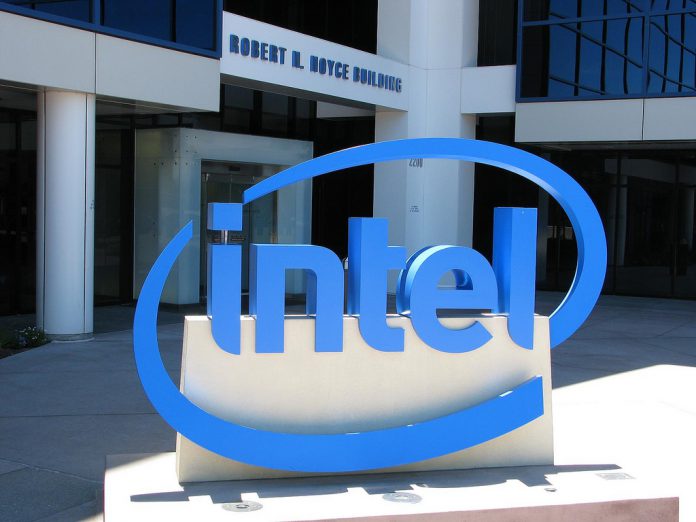Leaked details from the diagnostic tool AIDA64 may have revealed more information about Intel's upcoming processors. A list suggests new mobile Core i3, Core i5, and Core i7 chips, alongside the first laptop-focused Core i9 release.
That last fact is perhaps the most noteworthy, as current 8th-gen processors are only available in 15 watt, quad-core Kaby Lake Refresh variants.
If the leak is to be believed, users may soon be able to get their hands on 45-watt models that utilize the new Coffee Lake-H architecture.
Information so far suggests the following 8th generation mobile processors:
- Core i9-8950HK: 6 core, 12 thread, 12 MB cache, 45 W
- Core i7-8850H: 6 core, 12 thread, 12 MB cache, 45 W
- Core i7-8750H: 6 core, 12 thread, 12 MB cache, 45 W
- Core i5-8400H: 6 core, 6 thread, 9 MB cache, 45 W
- Core i3-8300H: 4 core, 4 thread, 8 MB cache, 45 W
Pentium and Celeron Branding
Though there hasn't been any exciting information about the desktop lineup, we do have a better idea of Intel's naming conventions for new Pentium and Celeron chips.
Currently, Intel has a variety of Pentium chips under the same brand. Different architectures, core counts, and wattage all come use the same name. This makes it hard for customers to tell what they're looking at a glance.
Of course, we have to emphasize that none of this has been confirmed by Intel, but we can guess a few things from the list. It seems that Pentium Gold will signal a cheaper Core chip, while Pentium Silver is rumored to signal a high-performance version of the ultra-low voltage Atom chips.
Celeron G, meanwhile, will be an ever cheaper Core chip than Pentium Gold, while Celeron N/J series is the new Atom. It's still quite confusing, but it's an improvement. The big question now is what's in store for Intel's 9th generation, but any comment would be pure speculation at this point.
While you wait, feel free to look at the full AIDA64 list and let us know your thoughts.






